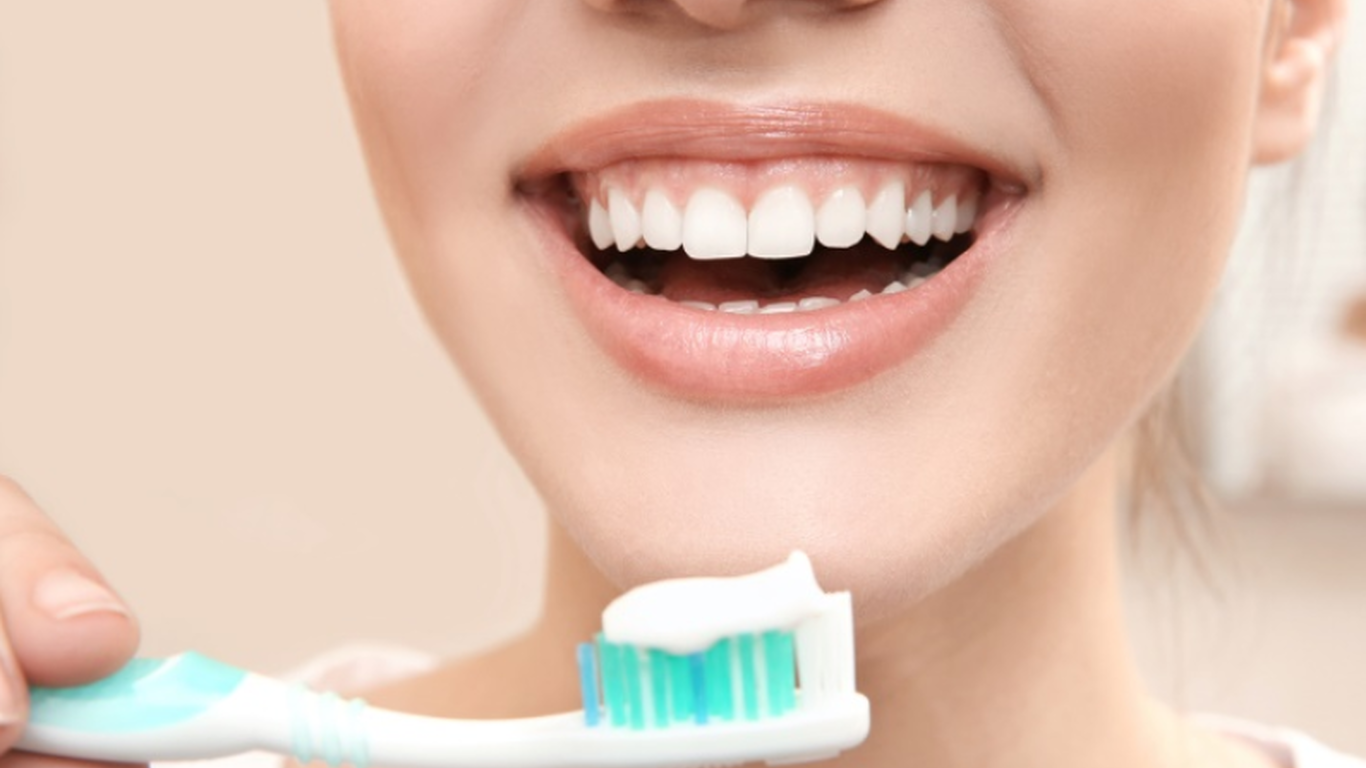Oral Hygiene
HomeOral Hygiene
Why Is Oral Hygiene Important?
What Is Good Oral Hygiene?


Why Is Oral Hygiene Important?
What Is Good Oral Hygiene?
What Actually Happens on the Tooth Surface?
Plaque, or a sticky film of bacteria, forms again on teeth just minutes after brushing. At first, glycoproteins, phosphoproteins, and lipids coat the tooths enamel surface. Next, early colonizers, bacteria, are able to attach to the tooth. Once the early colonizers are present, organisms that were not able to attach to the tooth can now attach to the early colonizers and recruit more bacteria. At this stage, with a complex variety of microorganisms living on the surface of the tooth, replication and recruitment of bacteria occur at a high rate. This is the stage where you can see the plaque on your teeth. The bacteria can then disperse and attach to more teeth as they continue to grow. When the bacteria digest the sugars and food that we eat, they produce acid. Over time, this acid penetrates the enamel of your tooth and forms a cavity.
How to Brush
Dr. Vahe recommends brushing your teeth for at least two minutes, twice a day, with a soft bristle toothbrush. The toothbrush can be manual or electric, based on your preference. There are a variety of brushing techniques. The simplest and most effective brushing technique is the circular brushing technique.
Circular brushing technique:
• Place the toothbrush on your tooth surface at a 45-degree angle and begin with small circular motions.
• There is no need to press the brush hard onto your teeth. This will not help and can even cause damage to your teeth and gums.
• Make sure to brush every side of your teeth in that area, then move to the next area.
• Due not brush into your gums, brush away, starting at the gum line with gentle circular motions.
How to Floss
Dr. Vahe recommends flossing your teeth before you brush each night and when you feel something in between your teeth.
• Start with a piece of floss that is 16-20 inches in length.
• Wrap the floss around your middle finger on both hands.
• Put the floss between two teeth and, with a gentle “see-saw” motion, pass the contact of your teeth. It is very important to be gentle and not force the floss into any areas.
• Once you have passed the contact of the teeth, make a C-shape around a tooth on one side and gently clean the sulcus (under the triangle piece of gum that rises between teeth) with 5 strokes of an up and down motion.
• Once you are done flossing on one side of the sulcus, repeat on the adjacent tooth.
• Remember, there are two surfaces that need to be flossed in each space. Complete these steps for every space between your teeth.
Helpful Tips for Flossing
• Use a mirror.
• It may seem like it takes a very long time at first but, after a few times, it will take much less time and be as effective.
• If you just started flossing, it is normal if some areas bleed due to inflammation. Just make sure you are not harming your gums or forcing the floss into your gums.
Flossing FAQs
Sure, although the effectiveness of the floss pick is not the same as dental floss. The decrease in effectiveness comes from the lack of adaptability of the dental pick around the tooth. With dental floss, you can make a C-shape and adapt to the contour of the tooth to ensure you are flossing the surfaces that are collecting plaque.
A water flosser is a great addition to your oral hygiene routine, but it will not remove plaque as effectively as dental floss.
